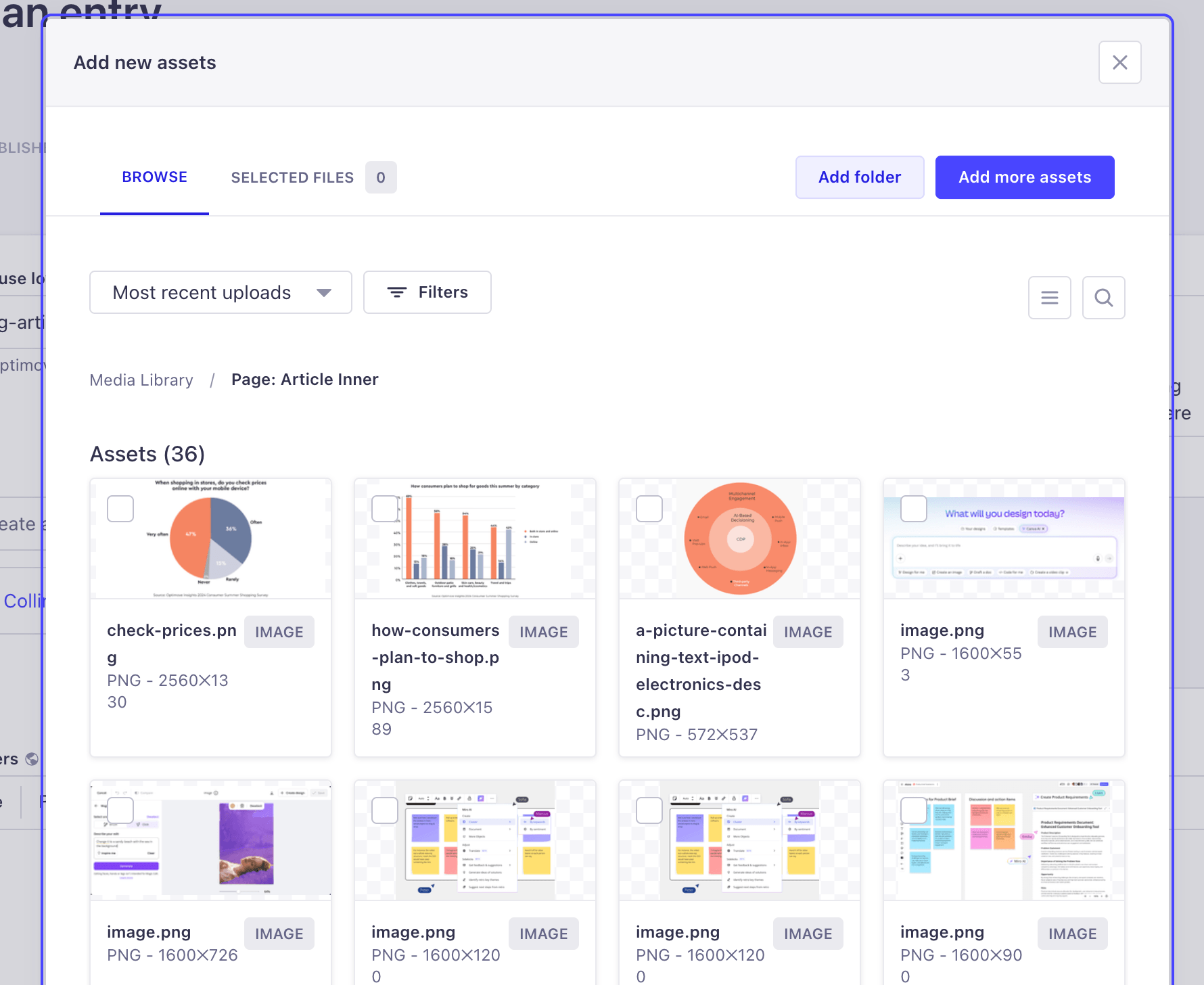
AI and the Retail Marketer’s Future
How AI transforms strategy and processes, driving the adoption of Positionless Marketing
The CRM Marketer Evolution Curve’s Guide
Why it matters:
Kate | Test Recurring campaigns drive long-term CRM success, but their constant repetitive nature makes performance difficult to track and hard to see. Without a structured way to measure them, marketers risk overreacting to noise or missing real growth opportunities.
A clear measurement framework turns these always-on automations into a reliable, data-backed engine for engagement and retention.

Key takeaways:
Kate | Test Recurring campaigns drive long-term CRM success, but their constant repetitive nature makes performance difficult to track and hard to see. Without a structured way to measure them, marketers risk overreacting to noise or missing real growth opportunities.
A clear measurement framework turns these always-on automations into a reliable, data-backed engine for engagement and retention.
Recurring campaigns, also known as scheduled, periodic, or ongoing automations, are the backbone of CRM. They’re the daily, weekly, or monthly touchpoints that keep your brand in front of customers and your funnel moving.
Think of:
They run automatically, building relationships one small interaction at a time. Yet because they run continuously, their results can easily blur together. The real challenge? Seeing what’s working, what’s not, and what deserves more investment.
Recurring campaigns behave differently from one-time blasts. Their audiences overlap; their effects compound, and small wins stack up quietly over time.
The biggest mistake is measuring too fast or too slow. Checking too early, and noise looks like failure. Wait too long, and weak automations continue to run. The key is finding balance, structure, patience, and timing.
Let’s make that real.
Say you run a weekly reactivation campaign for players who haven’t deposited in seven days. You compare performance to a control group that doesn’t receive the message.
After six weeks, the data shows:
Here’s what that means. The first few weeks lacked sufficient data to be credible. But by weeks five and six, the uplift became consistent and significant—meaning it was statistically reliable, not random. Plus, when using Optimove’s Control Group Optimization, you can dynamically shrink your control group as significant results continue to validate an experiment.
To evaluate recurring campaigns confidently, you need a structured approach. This framework works across every industry and campaign type.
Define success early
Choose one or two measurable KPIs that connect directly to business outcomes: deposits, purchases, active days, or total revenue. Set those before you launch.
Plan checkpoints
Decide when and how you evaluate results. We recommend:
Gather enough data
Aim for approximately 500 customers per group and 30–50 measurable KPI events (such as orders, deposits, etc.).
If those thresholds aren’t possible, consider dynamically adjusting audience size or consolidating timeframes to maintain statistical reliability. Smaller samples often lead to misleading results.
Interpret uplift with context
Look at performance trends, not isolated weeks. When uplift becomes consistent and statistically significant over several checkpoints, it’s a clear signal to continue. Random spikes or dips are noise, not evidence.
Act on the evidence
The real advantage of structured measurement isn’t just better data it’s better decisions.
By following a consistent framework:
The CRM Marketer Evolution Curve’s Guide
The CRM Marketer Evolution Curve’s Guide. Learn 5 stages of a marketer’s evolution. Discover your level and how to advance.


Jonathan is a Team Leader in the Optimove Strategic Services team. He has nine years of Marketing Analytics experience and eight more as an analyst with the Civil Service.
He has gained vast expertise consulting clients, analyzing customer data, and revealing actionable, data-driven marketing insights. He has qualifications in History from the University of Birmingham and Law from the University of Law. Jonathan is, unsuccessfully, learning Spanish and Golf.